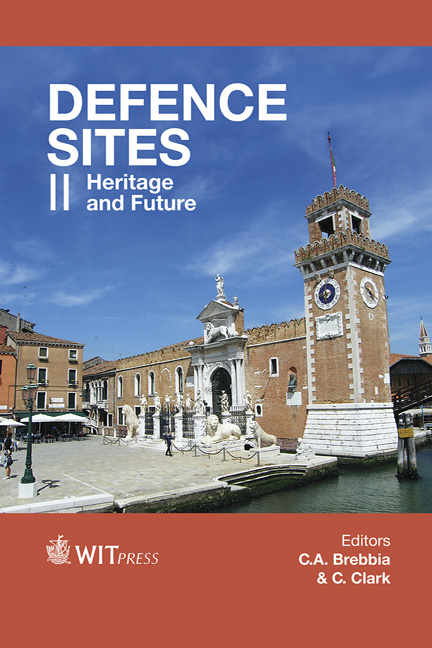A Recreational Carrying Capacity Assessment Of The 16th Century Spanish Fort Of Santiago On The Island Of Chikly, Tunisia
Price
Free (open access)
Transaction
Volume
143
Pages
12
Page Range
185 - 196
Published
2014
Size
469 kb
Paper DOI
10.2495/DSHF140161
Copyright
WIT Press
Author(s)
M. J. Viñals, I. Martínez, A. Abdennadher, L. Teruel
Abstract
The increase in cultural tourism has revealed the vulnerability of the heritage resources during the phase of tourism exploitation and, thus, the need to set limits and to establish visitor management tools to ensure the conservation of the heritage resources and the visitors’ satisfaction. This work focuses on the determination of the recreational carrying capacity of the Fort of Santiago monument located on the Island of Chikly (Tunisia), situated in the Northern Lagoon of Tunis, which is declared a Nature Reserve for its ornithological interest. Furthermore, it has always attracted people from many civilisations, as evidenced by the Phoenician, Punic, Roman, Byzantine, Arab, Spanish and Turkish remains discovered there. The Fort of Santiago is one of the most important monuments of 16th century. Emperor Charles I of Spain ordered the construction of the fort in 1535. A few years later, the fort passed into Turkish hands. Subsequent to transformation processes and changes of use, it was abandoned in the 19th century. In the 21st century, the monument was restored for tourism purposes. The results of this assessment specifically highlight the greater fragility of the island in relation to the Fort of Santiago, and the need to control the visitor use level. Thus, one group of 20 people per day would be an acceptable volume of visitors. Tourism management guidelines and environmental, cultural and social performance standards and monitoring indicators are also identified to guarantee the conservation and wise use of this valuable heritage site.
Keywords
defensive architecture, recreational carrying capacity, heritage management, conservation standards and indicators





